新書推薦:
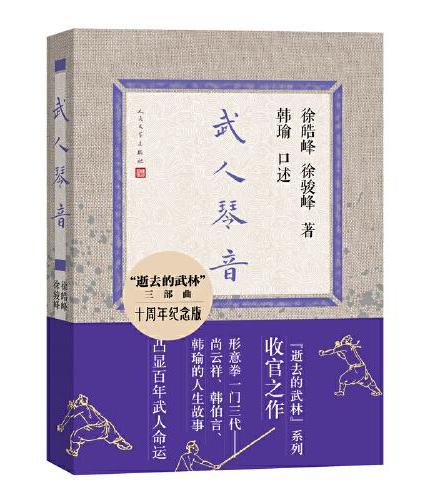
《
武人琴音(十周年纪念版 逝去的武林系列收官之作 形意拳一门三代:尚云祥、韩伯言、韩瑜的人生故事 凸显百年武人命运)
》
售價:HK$
44.9
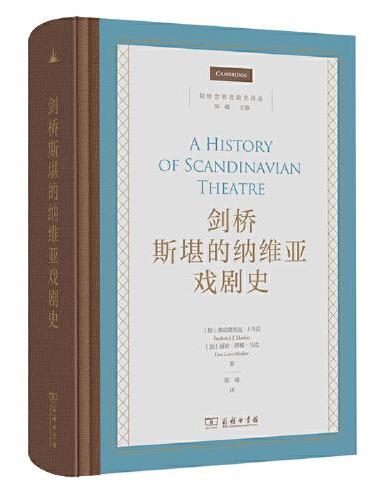
《
剑桥斯堪的纳维亚戏剧史(剑桥世界戏剧史译丛)
》
售價:HK$
158.7
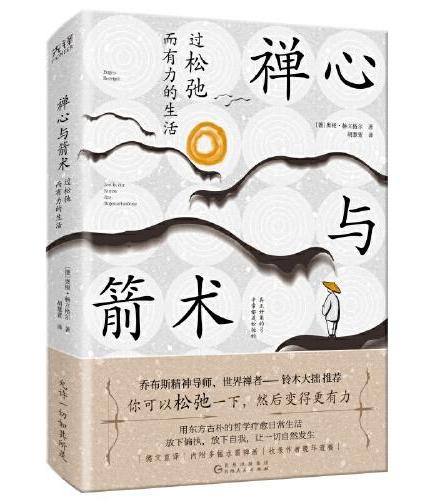
《
禅心与箭术:过松弛而有力的生活(乔布斯精神导师、世界禅者——铃木大拙荐)
》
售價:HK$
66.1

《
先进电磁屏蔽材料——基础、性能与应用
》
售價:HK$
227.7
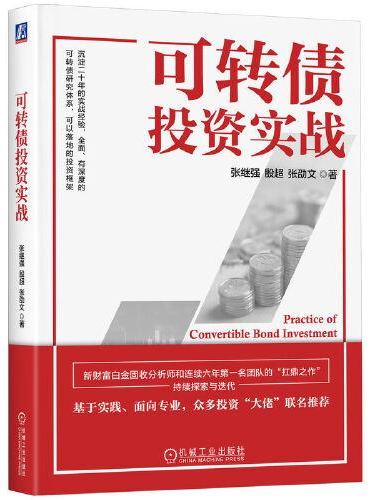
《
可转债投资实战
》
售價:HK$
102.4
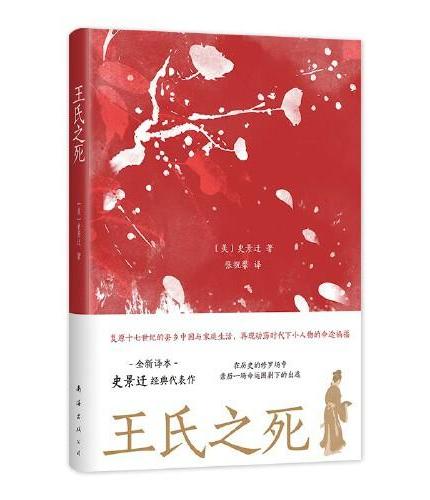
《
王氏之死(新版,史景迁成名作)
》
售價:HK$
56.4
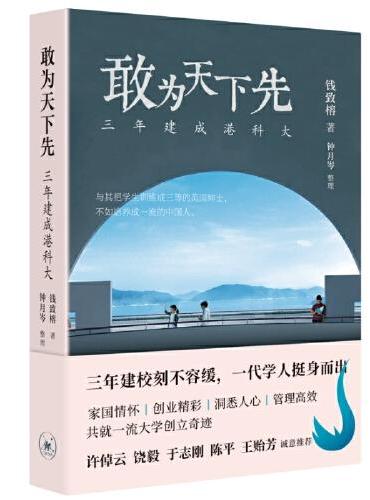
《
敢为天下先:三年建成港科大
》
售價:HK$
79.4
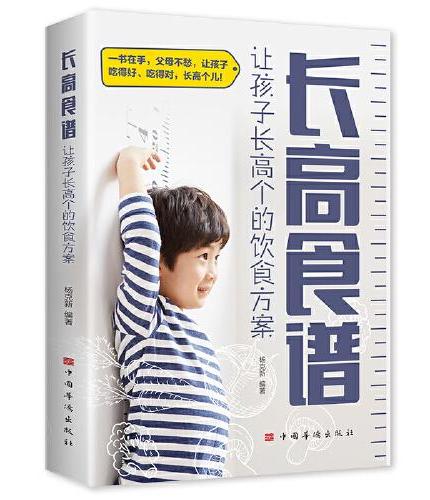
《
长高食谱 让孩子长高个的饮食方案 0-15周岁儿童调理脾胃食谱书籍宝宝辅食书 让孩子爱吃饭 6-9-12岁儿童营养健康食谱书大全 助力孩子身体棒胃口好长得高
》
售價:HK$
48.3
|
| 內容簡介: |
|
本书以空蚀这一工程中的重要现象为主题,从理论和实验两个层面解释空蚀现象的成因和工况参数对空蚀的影响。书中首先向读者展示近年来的空蚀实例,加深读者对空蚀的理解;进而借助超声和射流空蚀实验装置分析空蚀发生的机理;通过先进的空蚀实验方法和检测技术,对液体介质和实验材料对空蚀的影响进行重点解释,以质量损失、表面形貌、残余应力等为空蚀表征参数,系统地分析材料的空蚀行为。本书中不但涉及常规的金属材料,还对形状记忆合金这一特殊材料对空蚀的响应进行分析,探讨空蚀对形状记忆性能的影响,拓宽读者的专业视野。
|
| 目錄:
|
Contents
Chapter 1 Fundamentals of cavitation erosion 1
1.1 Definition of cavitation erosion 1
1.2 Causes of cavitation 3
1.2.1 Cavitation inception 6
1.2.2 Cavitation evolution 7
1.3 Cavitation erosion 9
1.3.1 Development of cavitation erosion 10
1.3.2 Resistance of material to cavitation erosion 12
1.4 Parameters influencing cavitation erosion 14
1.4.1 Liquid properties 14
1.4.2 Standoff distance 16
1.5 Summary 16
Chapter 2 Experimental methods for cavitation erosion 19
2.1 Cavitating waterjet 19
2.2 Cavitation erosion through water tunnel 20
2.3 Rotating disk cavitation erosion experimental rig 21
2.4 Ultrasonic cavitation erosion experimental rig 22
2.5 Evaluation of the extent of cavitation erosion 24
2.6 Methods for detecting the capability of cavitation erosion 31
2.6.1 Hydrophone 32
2.6.2 Acoustic emission sensor 32
2.6.3 Laser Doppler vibrometer 33
2.6.4 Polyvinylidene fluoride sensor 34
2.7 Summary 34
Chapter 3 Cavitation erosion of different materials 36
3.1 Introduction 36
3.2 Experimental methodology 36
3.3 Materials and properties 39
3.3.1 Aluminum alloy 39
3.3.2 Copper alloy 40
3.3.3 Titanium alloy 42
3.4 Comparison of ultrasonic cavitation of selected materials 44
3.4.1 Cumulative mass loss 45
3.4.2 Microstructure 47
3.4.3 Surface morphology and roughness 52
3.4.4 Microhardness 56
3.5 Electron backscatter diffraction method 58
3.6 Summary 60
Chapter 4 Effects of liquid medium on cavitation erosion of copper alloy 61
4.1 Introduction 61
4.2 Experimental approach 62
4.2.1 Experimental rig 62
4.2.2 Sample preparation 62
4.2.3 Cavitation erosion experiments 62
4.3 Effects of liquid medium on cavitation erosion 63
4.3.1 Cumulative mass loss rate 64
4.3.2 Evaluation of residual stress 66
4.3.3 Surface morphology 67
4.3.4 Microstructure of eroded surface 72
4.3.5 Microhardness 78
4.4 Effects of the concentration of NaHCO3 solution on cavitation erosion 79
4.4.1 Cumulative mass loss 79
4.4.2 Microstructure of eroded surfaces 81
4.4.3 Surface morphology 86
4.4.4 Evaluation of residual stress 91
4.4.5 Microhardness 92
4.5 Cavitation erosion of copper alloy in seawater 93
4.5.1 SEM images 93
4.5.2 Three-dimensional surface morphology 97
4.6 Summary 101
Chapter 5 Cavitation erosion through cavitating waterjet 103
5.1 Introduction 103
5.2 Effects of inlet pressure on waterjet pattern 106
5.3 Effects of standoff distance on mass loss 110
5.4 Effects of liquid temperature on cavitation erosion 110
5.4.1 Cumulative mass loss 113
5.4.2 Microstructure of eroded specimens 114
5.4.3 Surface topology at different cavitation erosion time 118
5.5 Cavitation erosion distribution over specimen surface 121
5.5.1 Copper alloy 121
5.5.2 Aluminum alloy 123
5.6 Cavitation erosion of 304 stainless steel 126
5.7 Summary 130
Chapter 6 Effects of liquid medium temperature on cavitation erosion of CuZnAl shape memory alloy 132
6.1 Introduction 132
6.2 Experimental set-up 134
6.2.1 Experimental rig 134
6.2.2 Specimen preparation 135
6.2.3 Cavitation erosion experiment 136
6.3 Results and discussion 137
6.3.1 Cumulative mass loss 137
6.3.2 Effects of liquid temperature on eroded surface 139
6.3.3 Surface morphology 141
6.4 Discussion on mechanisms of cavitation erosion 144
6.5 Effects of standoff distance on cavitation erosion of CuZnAl SMA 144
6.5.1 Cumulative mass loss and mass loss rate 144
6.5.2 Metallographic structure 146
6.5.3 Surface microstructure 147
6.5.4 Analysis of DSC measurement results 149
6.5.5 X-ray diffraction analysis 151
6.6 Influence of exposure time on shape memory performance 153
6.6.1 Metallographic structure 153
6.6.2 Surface morphology 154
6.6.3 Results of DSC measurement 156
6.7 Summary 157
Chapter 7 Combination of cavitation erosion and corrosion 159
7.1 Introduction 159
7.2 Experimental setup 160
7.2.1 Experimental apparatus 160
7.2.2 Specimen preparation 160
7.2.3 Experimental process 161
7.3 Effects of concentration of NaCl solution on cavitation erosion 164
7.3.1 Microstructure of aluminum bronze after cavitation erosion 164
7.3.2 Three-dimensional surface morphology 166
7.3.3 Surface roughness and cumulative mass loss 167
7.3.4 Result of electrochemical test 168
7.4 Effect of cavitation erosion time on cavitation erosion 170
7.4.1 Cumulative mass loss and mass loss rate 170
7.4.2 Surface microstructure 171
7.4.3 Surface roughness 173
7.4.4 Surface hardness 174
7.5 Summary 175
Chapter 8 Further studies on cavitation erosion 177
8.1 Cavitation erosion induced signals 177
8.2 Cavitation erosion of curved surface 181
8.3 Numerical simulation of ca
|
|









